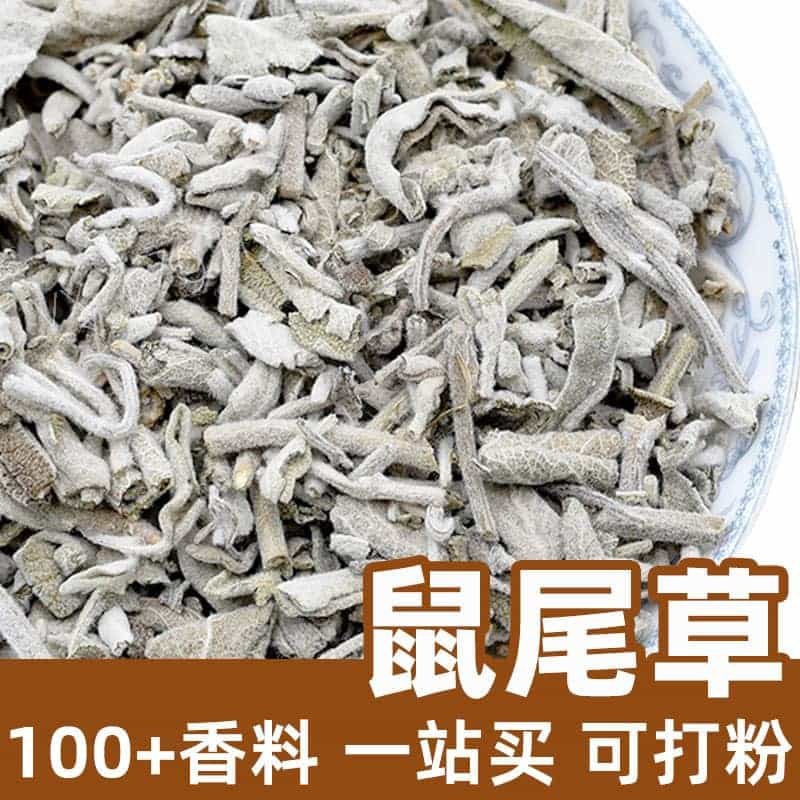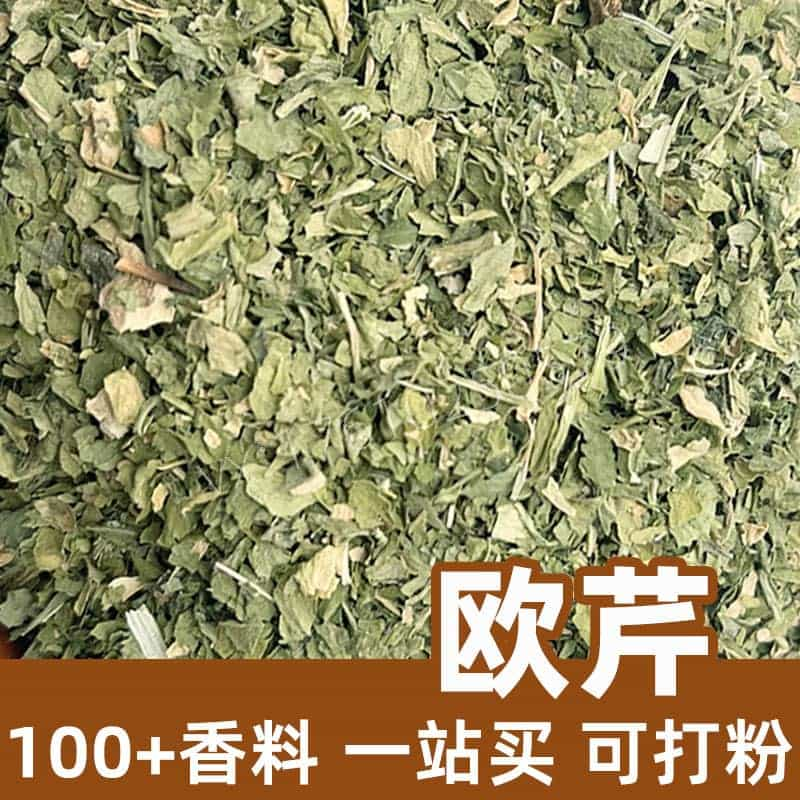Product Introduction
Coriander seeds, also known as cilantro seeds or coriander fruits, are the mature fruits of the coriander plant. They are round or oval, with a yellow-brown or pale yellow hue. Widely used in cooking and herbal medicine, coriander seeds enhance the flavor and aroma of food or are used in herbal formulations.
Aromatic Chemical Composition
The aroma of coriander seeds primarily comes from their volatile oils. These oils contain compounds like coumarin, aldehyde, limonene, and aromatic alcohols, which give coriander seeds their distinctive fragrance. In addition to volatile oils, coriander seeds also contain nutrients such as fiber, protein, vitamins, and minerals, contributing to their unique flavor and nutritional value.
Product Varieties
Coriander seeds are commonly available in two forms: fresh and dried. Fresh coriander seeds are harvested and not dried, retaining higher moisture content and a more pronounced fragrance. Dried coriander seeds, on the other hand, are processed to extend shelf life while maintaining a certain level of aroma and flavor. Both forms can be used interchangeably, depending on personal preference and specific needs.
Usage and Dosage
Coriander seeds have numerous culinary and medicinal applications. Here are some common uses:
- Cooking and Flavoring: Coriander seeds can be used to flavor and enhance dishes, soups, sauces, and baked goods. They can be ground into powder or used whole in cooking to impart a unique aroma and taste.
- Herbal Medicine: Coriander seeds are used in herbal remedies, believed to have antioxidant, anti-inflammatory, and digestive benefits. They can be brewed into herbal teas or made into other preparations to promote health and well-being.
The quantity of coriander seeds to use depends on specific requirements and personal taste. Generally, it's recommended to use in moderation to achieve the desired flavor and aroma.
Source, Distribution, and Growing Environment
The coriander plant is an annual herb found mainly in Asia, Europe, and the Americas. It thrives in warm, moist climates and grows best in fertile soil. The plant produces coriander seeds, which are harvested when fully mature and processed into the spice sold commercially.
Harvesting, Processing, and Storage
Coriander seeds are typically harvested when the fruit is fully mature. After harvesting, the seeds are cleaned, dehulled, and dried. They can then be used immediately or stored. To preserve freshness and fragrance, it is recommended to store coriander seeds in a cool, dry place, ideally in a sealed container.
Summary
In summary, coriander seeds are a popular spice in both cooking and herbal medicine, prized for their distinct aroma and flavor. They are widely used in culinary dishes, herbs, and seasonings, enhancing the taste and providing nutritional benefits. Understanding the parameters, chemical components, and uses of coriander seeds helps maximize their potential and enrich both food and herbal preparations.
Monica Sun is a seasoned expert in the natural raw materials industry, with over a decade of experience specializing in traditional Chinese medicinal herbs, spices, and fungi. She is skilled in the sourcing, processing, and application of these materials, emphasizing sustainability and innovation. Monica Sun has contributed to the development of high-quality natural raw materials that serve as essential components in functional foods, pharmaceuticals, and cosmetics, delivering tailored solutions to meet diverse market needs.









.jpg)


.jpg)


